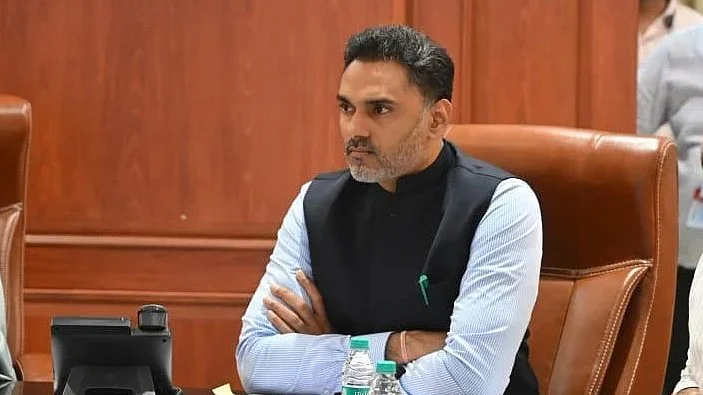The Airports Authority of India (AAI) is set to resume the Instrument Landing System (ILS) testing on August 12 at Navi Mumbai International Airport (NMIA), after being previously delayed due to heavy rains last month.
The testing is expected to cause delays in flight arrivals at Chhatrapati Shivaji Maharaj International Airport (CSMIA) in Mumbai on both Monday and Tuesday, between 11 am and 4 pm.
An AAI official told Hindustan Times that air traffic controllers will delay flights arriving in Mumbai to manage air traffic congestion over the city. As a result, only 18 flights will land during this period, compared to the usual 22 to 25 arrivals. However, departures from Mumbai will not be impacted.
Importance Of ILS Testing
The ILS testing is a crucial part of preparing NMIA for operational readiness, ensuring that aircraft can land with precision using the system's horizontal and vertical guidance. Once the testing is completed, and the pathway is calibrated, a report will be submitted for further processing. Several additional tests and permissions are required before the runway at NMIA becomes fully operational.
NMIA is scheduled to begin operations in March 2025, and next month, it will witness its first aircraft landing as part of a trial run conducted by the Indian Air Force. This marks a significant milestone for the airport, which is expected to handle a substantial number of passengers and cargo upon its completion.
About NMIA
The Navi Mumbai Airport or D B Patil International Airport, named after the late Dinkar Balu Patil, leader of the Peasants and Workers Party of India will be the third airport in the Mumbai Metropolitan Region, after India’s first civil aviation airport at Juhu and the Chhatrapati Shivaji International Airport.
In its initial phase, NMIA will have the capacity to handle 20 million passengers per year and 0.5 million metric tonnes of cargo annually. The first and second phases will feature one runway, one terminal building, and a passenger capacity of 20 million. Future phases (3, 4 and 5) will see the addition of a second runway, four terminals and a significant increase in passenger capacity to 90 million per year.

.jpg)





